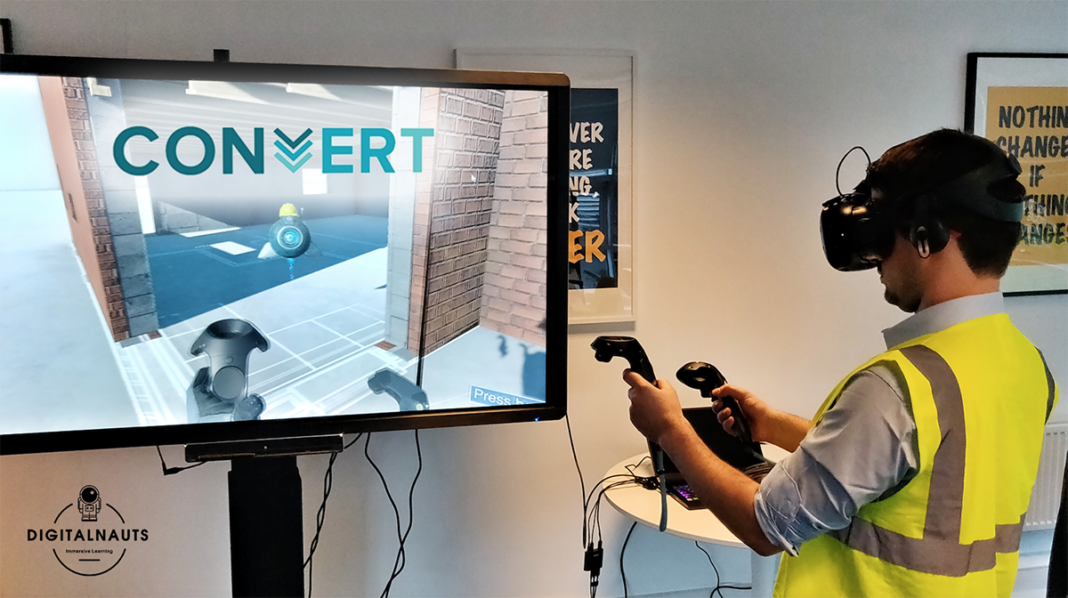
FIRST hand training might well be the accepted process of readying apprentices for a career in the construction industry. Despite this, a Scottish organisation is in the process of developing, quite literally, a new world of training.
The indusutry-led Construction Scotland Innovation Centre (CSIC) is in the midst of unveiling new virtual reality technology, which has already allowed student testers to construct homes while fully immersed in a digital world.
“You can simulate things that you couldn’t simulate in real life,” said Lisa Deane, skills and training manager at CSIC. “You can’t simulate real danger in a normal training environment, but you can in a virtual environment.
“They’ll go into that environment and look at what the foundations are made of, whether it’s timber frame or different blocks. They’ll look at the insulation, how the fixings go together, and what they’re getting there is an experience in how each part interacts with each other and at the end they will be assessed on the material choices they have made.
“They might have chosen a whole bunch of materials that are highly expensive but very efficient; our feedback will tell them that they’ve got a really durable house with a long life span, but unfortunately the cost of materials that you’ve put into that property makes it unaffordable for most people.”
The device is attached over the user’s face, with two LCD screens positioned in front of the eyes – with the lenses mimicking how eyes work in the real world. If a user turns their head, the system reacts and their view turns in the virtual world. The first form of such a headset was released in 1997 by Sony, albeit in a much lesser form than the technologically-advanced systems of today.
CSIC has spoken of its potential to instil a level of responsibility into workers without placing them directly in danger during training. Lisa said that feedback has shown some participants genuinely felt as if they were going to fall when looking down over the edge of a building, whilst wearing the headset.
“You can simulate that danger and element of fear; it’s much more realistic in a virtual environment than if you tried it in real life.
“You can’t stand someone at the edge of a building in real life, whereas in a virtual environment you can potentially simulate the fall if they don’t clip a harness on.”
Matthew Paton, technical specialist for digital programmes at CSIC, told of the organisation’s work with both the construction industry and education sector to develop traditional training exercises into more engaging formats in the virtual world – adding that the realism is created using similar gaming engines that you would find behind Xbox or PlayStation titles.
“It’s pretty easy (to transition virtual reality training into the workplace). If you can visualise a fully immersive 3D environment, you are reacting to the same spatial awareness and same situations as in real-world machine training but without any associated danger.
“We’ve had discussions with project partners that are looking into virtual reality. A key area of focus for us is with college level students. We have found that even with machining courses, students often don’t have access to large pieces of kit for a number of years – so it could be up to three years until they get on some equipment, this is down to readiness, training and experience. If they can get hands-on much earlier, they benefit from a greater understanding of the machines, of the processing and programming – all in a safe environment.”
Matthew explained that a “simple” 3D block environment can be generated, accessed and walked around at “the click of a button” – but with more development, a “photo-realistic”, reactive environment can be created to allow for maximum realism.
Expected to be released in Spring 2020, CSIC has already tested the system both in the construction industry and schools – with scope for it to be honed right down to primary school children or advanced enough to challenge PhD students.











